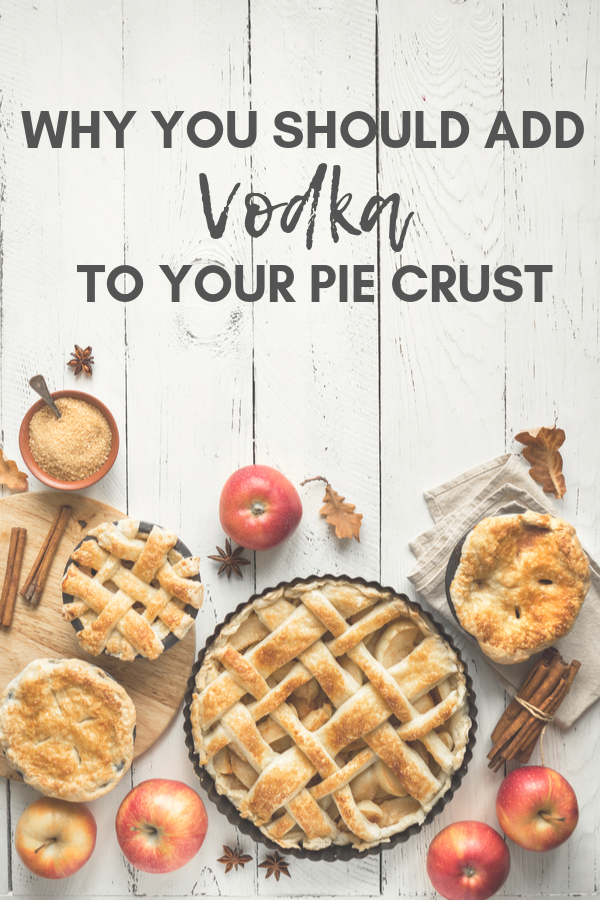Turn the kitchen lights down, light some scented candles, and get your kale ready for a relaxing massage. I know it sounds silly to massage kale, but trust me you’ll never NOT massage your kale again after reading this post.

Have you ever prepared or order a kale salad and chew on the same bite which seems to last a lifetime? Kale is very fibrous and can leave you chewing until your jaw starts to numb. This happens when the kale hasn’t been treated properly. This treatment comes in the form of a massage. While it might seem a bit odd to massage your food, you’d be amazed at what a quick five-minute rubdown can do to transform this green from being bitter and tough to turning silky and sweet.
Kale is a strong, sturdy, and bitter green that can withstand growing in the cold winters. Kale was once only used as a garnish but then labeled as a “superfood” in recent years. It was used as a garnish because of its structure. The bright green leaves would withstand long hours on the buffet table, while still looking fresh and providing that pop of color. Why? Because of its tough cellulose structure.

Massaging kale is easy to do. Remove any thick fibrous ribs of the kale leaves. Take bunches of kale leaves in both hands and rub them together. Work your fingers on each leave. You’ll start to notice a visible change right away. The leaves will darken and yield, softer, shinier, and tender sweet pieces of kale.

Nutrition to know:
Kale is high in fiber, antioxidants, and carotenoids (lutein and beta-carotene), with more than 45 flavonoids, particularly kaempferol, and other phytonutrients like quercetin, which helps combat inflammation. Kale has twice the vitamin K as other cruciferous vegetables.
Did you know? Kale has more vitamin C than an orange! One cup of chopped kale has 134 percent of your recommended daily intake of vitamin C, while a medium orange has 113 percent. Kale is also packed with vitamin A! A one-cup serving of kale contains over 200% of our vitamin A recommendation in the form of beta carotene.
Meal prep tip:
Since kale has such a sturdy structure, wash, trim, and massage kale for the week. Fresh kale can stay fresh for about 1 week in the refrigerator.
Ever notice the yellow/orange color on the edges as kale ages? It’s not necessarily going bad, but chlorophyll green color is breaking down and shows the rich vitamin A & C color along the edges.
Kale recipes to try:
 Kale Salad with a Sweet Shallot Vinaigrette
Kale Salad with a Sweet Shallot Vinaigrette
 Balsamic Kale and Vegetable Saute
Balsamic Kale and Vegetable Saute
 Butternut Squash and Kale Pita Pizza
Butternut Squash and Kale Pita Pizza
















 Butternut Squash and Kale Pita Pizza
Butternut Squash and Kale Pita Pizza







